The Burning Question!
What are your first thoughts when considering what should be included on labels for a new candle range? Scent? Company? Brand? Colour? Shape? Where it is made? What would Gwyneth Paltrow include in her candle?… 🤢
As a brand you might have thought of all the above to attract customers, but have you considered your responsibility to ensure consumers are warned of potential hazards? Have you considered guidance on how to use candles safely and what warning labels your candle should need, if any?
So let’s get down to it…
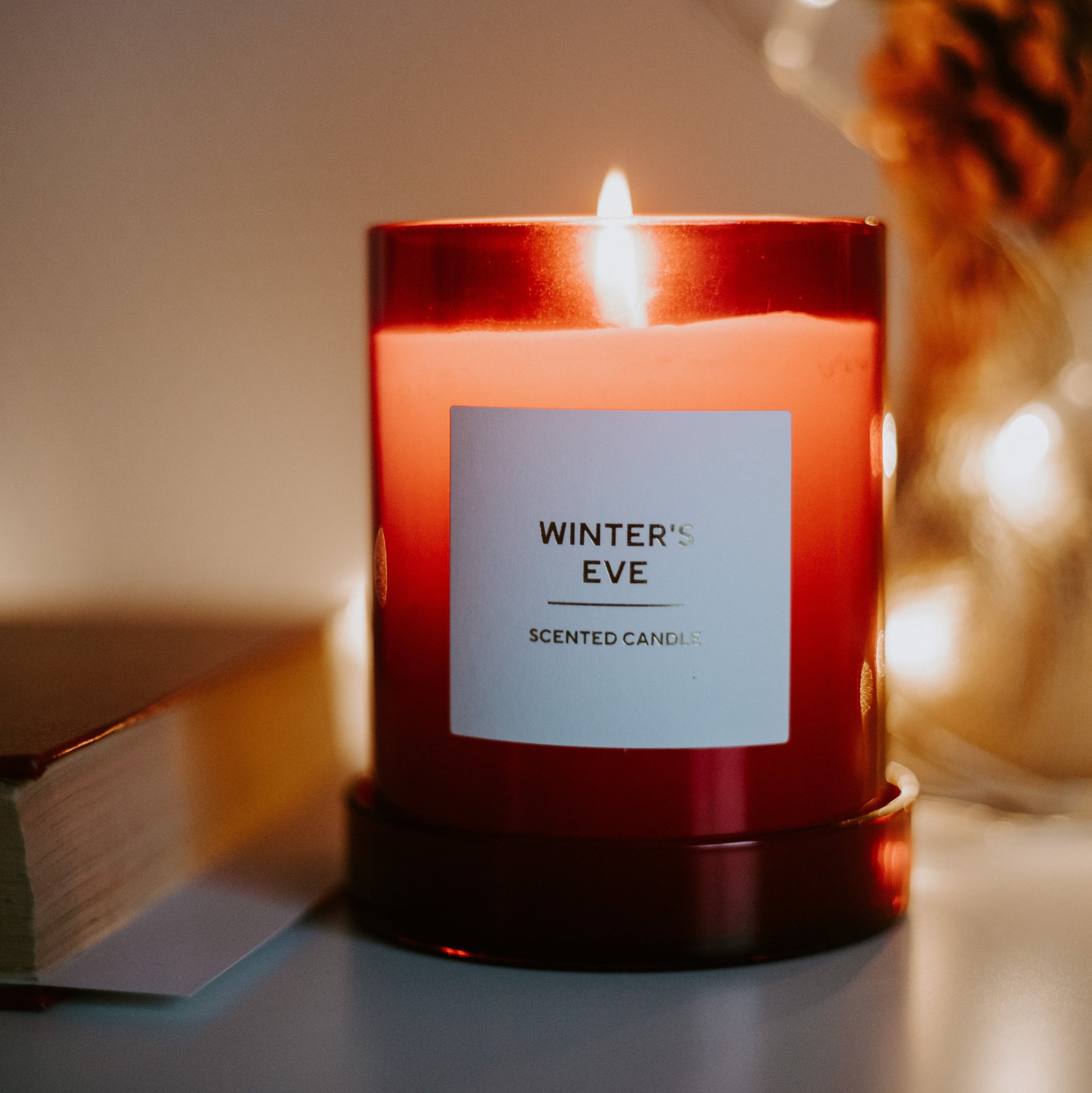
Across the UK, there are over one thousand house fires caused by candles each year. That averages out at 20 per week. Most of these incidents happen around the winter holiday period, especially Christmas time, as more candles are used and people tend to let their guard down a little during the festive period.
Good news, though! The number of house fires attributed to candles is falling. This reduction is, in part, due to the increase in consumer knowledge around candle safety and the introduction of effective safety warnings and icons on candle labels.
Is there much point in adding a warning label to a candle? Do candles have to have warning labels? I mean, it’s common sense, isn’t it? Candles have a flame. Flames are dangerous. Surely, everyone knows not to leave a candle burning unattended or near flammable items? Will people even read the warning labels or will they completely ignore them?
Yes, the British public and the average consumer will be educated on the dangers of fire. The fire service has done some great work in achieving this. However, the psychology behind how a person comprehends a warning sign is important to note. Leading us to our next question…
An increase in consumer knowledge around candle safety and the introduction of effective safety warnings and icons on candle labels has helped reduce fire casualties.
There are arguments on either side as to the effectiveness of warning labels on candles (guided by C.L.P. Regulations, more below!)
Some studies suggest that warning labels are effective, while others question their ability to get the message across. There’s quite a bit of stuff that goes on between the consumer and the warning label, and there are a variety of factors which can influence whether the warning label is effective or not. I’m not going to bore you with all the details, but here is a summary of the process:
All sounds straightforward right? However, we human beings are incredibly unique and complex creatures! We can sometimes find it difficult to understand why other people do the risky things they do (there’s a whole Bio-Psycho-Social model for that).
People weigh up risks in their heads, and those decisions are influenced by many things. We are doing it all the time, often without realising. Crossing the road involves a risk assessment, eating a piece of cake, should I have another beer or go home? If the importance of their goals, wants, or needs outweighs the potential risk, they may choose to ignore the warning.
So, the bit a candle maker really wants to know is…
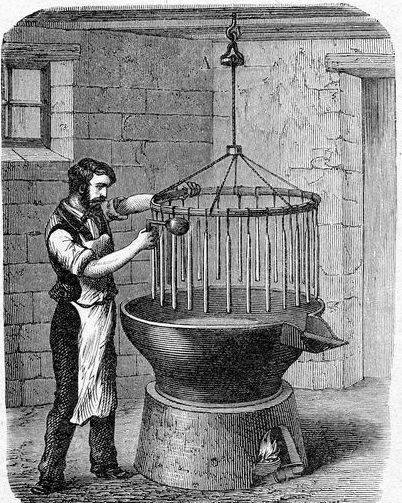
Did you know a candle maker is known as a “chandler”? The name comes from “chandelier”, meaning an ornate, branched light fitting that held lots of candles! Before electricity, in stately homes, there was a person in charge of the household’s candles – an important and trusted role.
Yes, what exactly is the responsibility of a candle maker? What needs to be on a candle label? Obviously, the candle supplier cannot be responsible for each individual and the choices they make. That’s just crazy! 🤪 However, the choices made on the shapes, colours, positioning and pictograms used on the labels can help achieve Stage 1 – Get those warnings noticed! Job done.
The colours, shapes, and icons used in warning labels all send a message subconsciously to us. Most of us have unconsciously learned that triangular shapes and certain colours such as red and yellow mean warning or danger. Warning labels should alert the user to a potential hazard associated with the product without them realising, subconsciously making them more cautious.
According to British Trading Standards, it is a requirement that the General Warning Sign ⚠️ be included on all candle labels, preferably in colour.
There are also four mandatory safety messages which must be included on all candle labels. These may be given as a pictogram, text, or both.
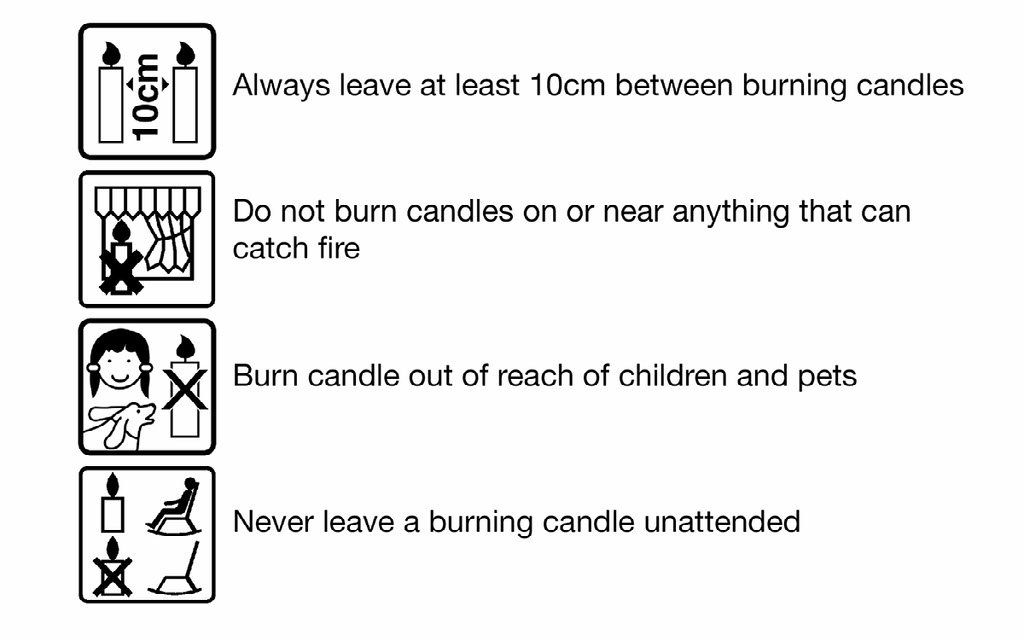
In addition, there are optional extra safety messages, which can be included on candle labels.
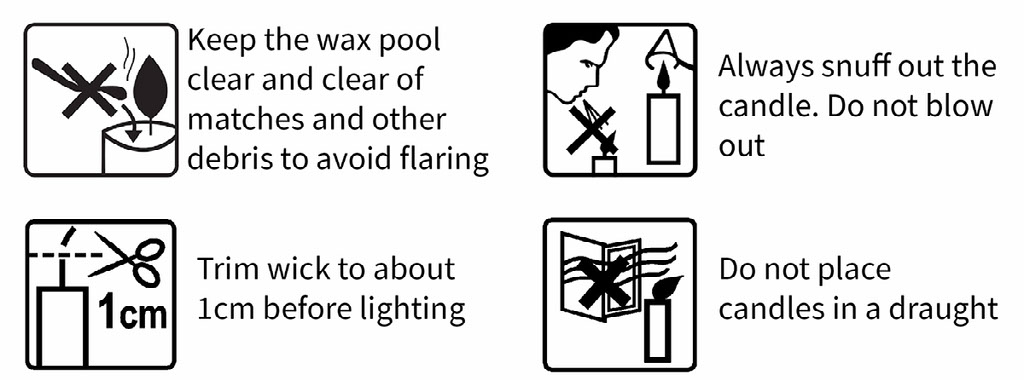
It is important that the warning signs be clear and legible, utilising the space provided to its full potential. Basically, not all squished up on a tiny label!
And what do we call that label dedicated to warning consumers of the dangers?
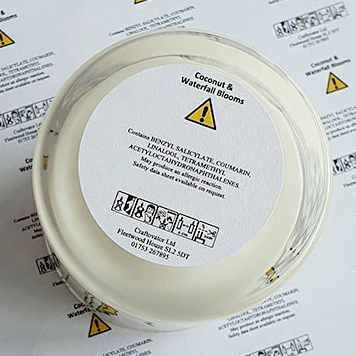
Classification, Labelling and Packaging.
The CLP label must be applied to any non-cosmetic product containing a hazardous substance such as fragrance or essential oils – that includes candles, wax melts, burner oils, room mists, and reed diffusers.
To sell your candles and home fragrance products to the public, you must ensure that all of your products are CLP compliant.
You can contact your local Trading Standards or the BCF (British Candlemakers Federation) with any concerns or queries.
Short answer: Yes!
The label may not get scrutinised in detail or even looked at by some candle users but the fact that it is there increases the chance of people considering their safety when lighting candles. Even if the message only reaches one person, it’s worth it isn’t it? So, spread the word, warning labels on candles are a good thing and most definitely needed!
At Hine Labels we believe the quality of your printed label packaging showcases the quality of your candles! Our expert team can ensure this is done to a high standard, without taking away from the branding or the quality of your label design.
Hine can create unique product labels for candles and wax melts, whether they are sold in a glass jar, metal tin, or another outer candle packaging. To find out more about printing labels on candles click here.

“Thousands of candles can be lit from a single candle. Happiness never decreases by being shared.”
— Gautam Buddha